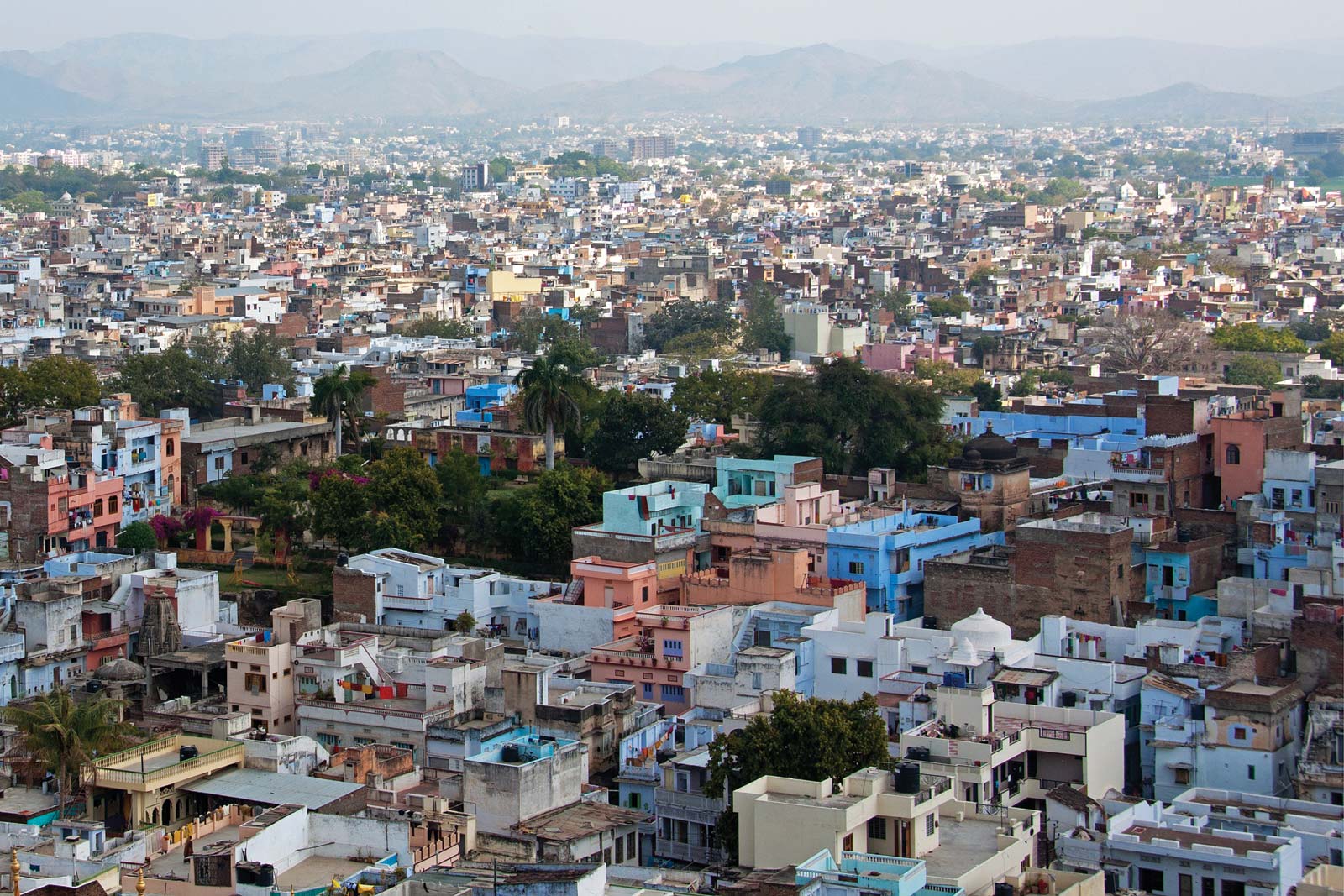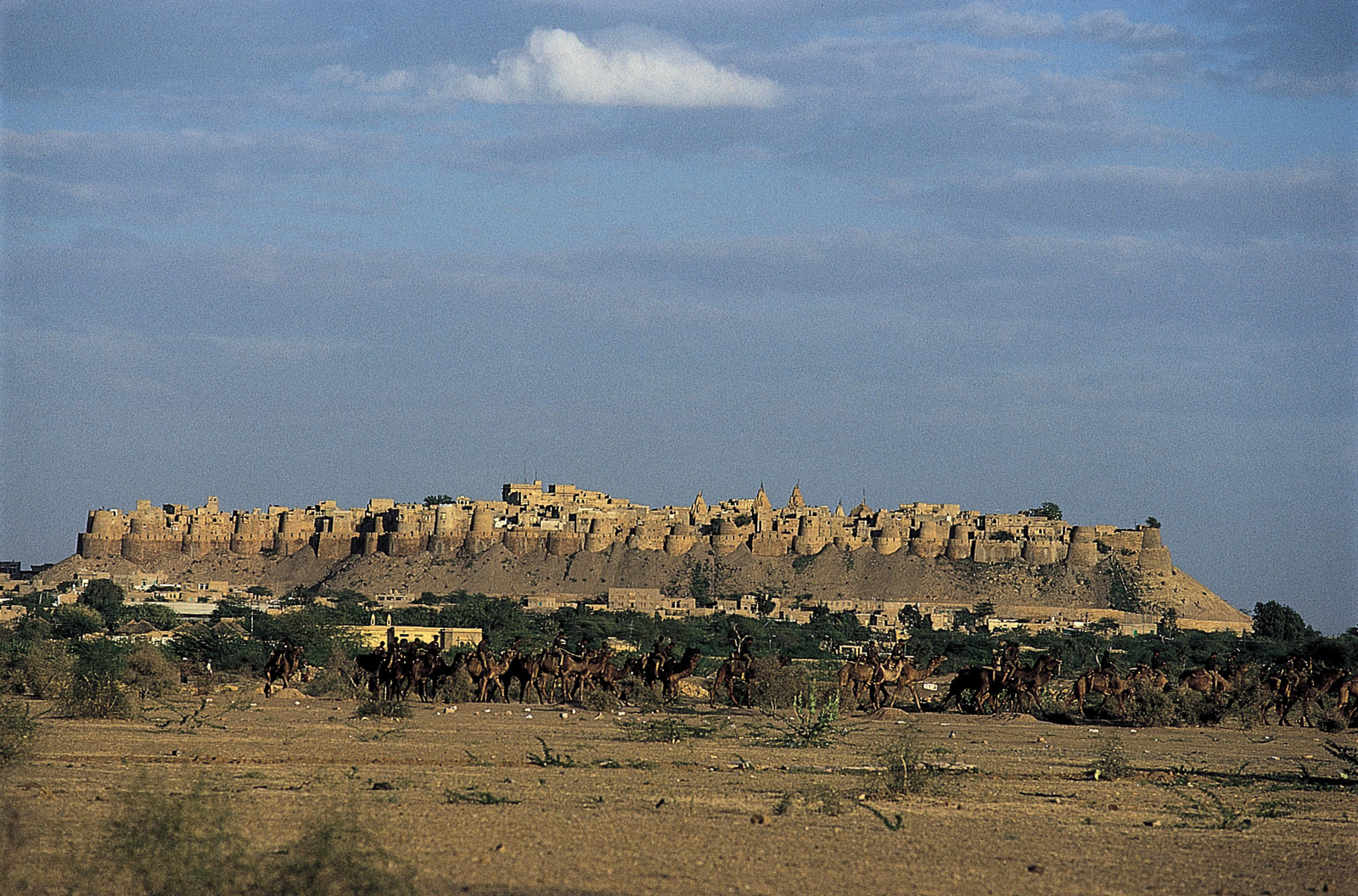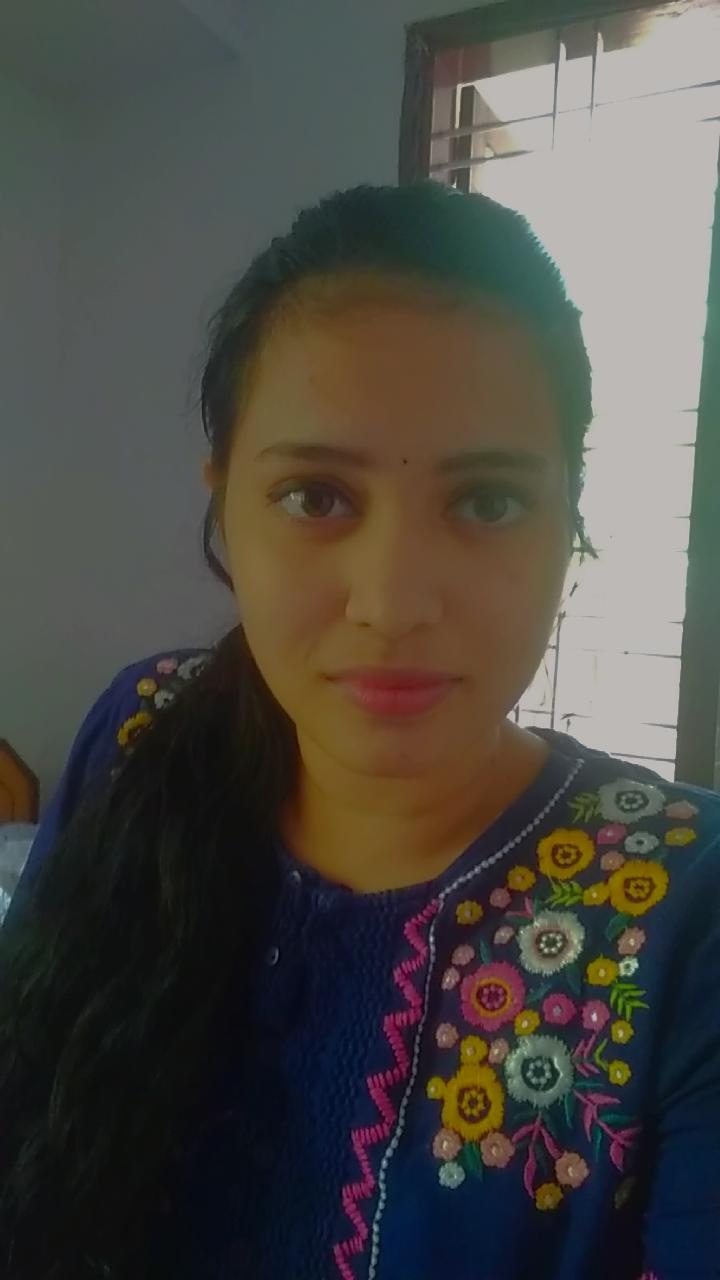Table of Contents
Rajasthan, state of northwestern India, located in the northwestern part of the Indian subcontinent. It is bounded to the north and northeast by the states of Punjab and Haryana, to the east and southeast by the states of Uttar Pradesh and Madhya Pradesh, to the southwest by the state of Gujarat, and to the west and northwest by the provinces of Sindh and Punjab in Pakistan. The capital city is Jaipur, in the east-central part of the state.

Rajasthan Basic Facts
Land
The Aravalli (Aravali) Range forms a line across the state running roughly from Guru Peak on Mount Abu (5,650 feet [1,722 metres]), near the town of Abu in the southwest, to the town of Khetri in the northeast. About three-fifths of the state lies northwest of that line, leaving the remaining two-fifths in the southeast. Those are the two natural divisions of Rajasthan. The northwestern tract is generally arid and unproductive, although its character shifts gradually from desert in the far west and northwest to comparatively fertile and habitable land toward the east. The region includes the Thar (Great Indian) Desert.

The southeastern area lies at a somewhat higher elevation (330 to 1,150 feet [100 to 350 metres]) than its northwestern counterpart; it also is more fertile and has a more-diverse topography. The hilly tract of Mewar lies in the southern region, while a broad plateau stretches across the southeast. In the northeast a rugged badlands region follows the line of the Chambal River. Farther north, the landscape levels out into flat plains that are part of the alluvial basin of the Yamuna River.
Climate
Rajasthan has a wide range of climate that varies from extremely arid to humid. The humid zone spans the southeast and east. Except in the hills, the heat during the summer is intense everywhere, with temperatures in June—the warmest month—typically rising from the mid-80s F (about 30 °C) to nearly 110 °F (low 40s C) daily. Hot winds and dust storms occur in the summer, especially in the desert tract. In January—the coolest of the winter months—daily maximum temperatures range from the upper 60s to the mid-70s F (low to mid-20s C), while minimum temperatures are generally in the mid-40s F (about 7 °C). The western desert has little rain, averaging about 4 inches (100 mm) annually. In the southeast, however, some areas may receive almost 20 inches (500 mm). Southeastern Rajasthan benefits from both the Arabian Sea and Bay of Bengal branches of the southwest (summer) monsoon winds, which bring the bulk of the annual rainfall.
Language
Hindi is the official language of the state, and to some degree it has overshadowed the local languages of Rajasthan. Much of the state’s population, however, continues to speak Rajasthani languages, which comprise a group of Indo-Aryan languages and dialects derived from Dingal, a tongue in which bards once sang of the glories of their masters. The four main Rajasthani language groups are Marwari in western Rajasthan, Jaipuri or Dhundhari in the east and southeast, Malvi in the southeast, and in the northeast Mewati, which shades off into Braj Bhasa (a Hindi dialect) toward the border with Uttar Pradesh.
Economy
Agriculture
The agricultural sector has long been the mainstay of Rajasthan’s economy. It accounts for about one-fourth of the state’s economic output, employing about two-thirds of the state’s working population. Despite scant and scattered rainfall, nearly all types of crops are grown, including pearl millet in the desert area, sorghum around Kota, and mainly corn (maize) around Udaipur. Wheat and barley are fairly well distributed (except in the desert area), as are pulses (such as peas, beans, and lentils), sugarcane, and oilseeds. Rice is grown in the irrigated areas of both the southeast and the northwest. Cotton and tobacco are important cash crops. Rajasthan has a large livestock population and is a major wool-producing state. It also is a source of camels and draft animals of various breeds.
Health and Education
Rajasthan has many hospitals and dispensaries specializing in allopathic (Western) medicine as well as numerous institutions offering Ayurvedic (traditional Indian), Unani (a system using medicines derived from herbal, mineral, and animal sources), and homeopathic treatment. The state participates in the major national health programs to control tuberculosis, various vector-borne diseases, leprosy, iodine deficiency, and blindness. There are a number of institutions of higher education in Rajasthan. State universities are located in Jaipur, Udaipur, Jodhpur, Bikaner, and Ajmer. Other prominent institutions include Vardhman Mahaveer Open University in Kota and the Birla Institute of Technology and Science in Pilani.
Attempt A GK Quiz Now. Download the Entri App!
History of Rajasthan
Archaeological evidence indicates that early humans lived along the banks of the Banas River and its tributaries some 100,000 years ago. The Indus (Harappan) and post-Indus civilizations (3rd–2nd millennium BCE) are traceable at Kalibangan in northern Rajasthan, as well as at Ahar and Gilund, both near the city of Udaipur in the south. Pottery fragments at Kalibangan date to 2700 BCE. The discovery near Bairat (in north-central Rajasthan) of two rock inscriptions from the 3rd century BCE indicate that the area was at that time under the rule of Ashoka, the last great emperor of the Mauryan dynasty of India. The whole or parts of present-day Rajasthan were ruled by Bactrian (Indo-Greek) kings in the 2nd century BCE, the Shaka satraps (Scythians) from the 2nd to the 4th century CE, the Gupta dynasty from the early 4th to the late 6th century, the Hephthalites (Hunas) in the 6th century, and Harsha (Harshavardhana), a Rajput ruler, in the early 7th century.
Several Rajput dynasties arose between the 7th and 11th centuries, including that of the Gurjara-Pratiharas, who kept the Arab invaders of the Sindh area (now in southeastern Pakistan) at bay. Under Bhoja I (or Mihira Bhoja; 836–885), the territory of the Gurjara-Pratiharas stretched from the foothills of the Himalayas southward to the Narmada River and from the lower Ganges (Ganga) River valley westward to Sindh. With the disintegration of that empire by the late 10th century, several rival Rajput clans came to power in Rajasthan. The Guhilas, feudal lords of the Pratiharas, asserted their independence in 940 and established control of the region around Mewar (present-day Udaipur). By the 11th century the Chauhans (Chahamanas), with their capital at Ajmer and later at Delhi, had emerged as the major power in the eastern region. In the following centuries other clans—such as the Kachwahas, Bhattis, and Rathors—succeeded in establishing independent kingdoms in the area.
Rajasthan GK Quiz
Largest City of Rajasthan
Ans: Jaipur
How many districts are there in Rajasthan?
Ans – 33
Who is the Governor of Rajasthan?
Ans – Sh Kalraj Mishra
Who is the Chief Minister of Rajasthan?
Ans – Mr. Ashok Gehlot
Type of Legislature –
Ans – Unicameral
How many seats are there in Rajasthan Legislative Assembly?
Ans – 200
How many seats for Loksabha in Rajasthan?
Ans – 25
What is the total area of Rajasthan?
342,229 Sq Km
Population of Rajasthan in 2015?
Ans – 73,529,325
When did Rajasthan come to being?
Ans – 30th of March 1949.















